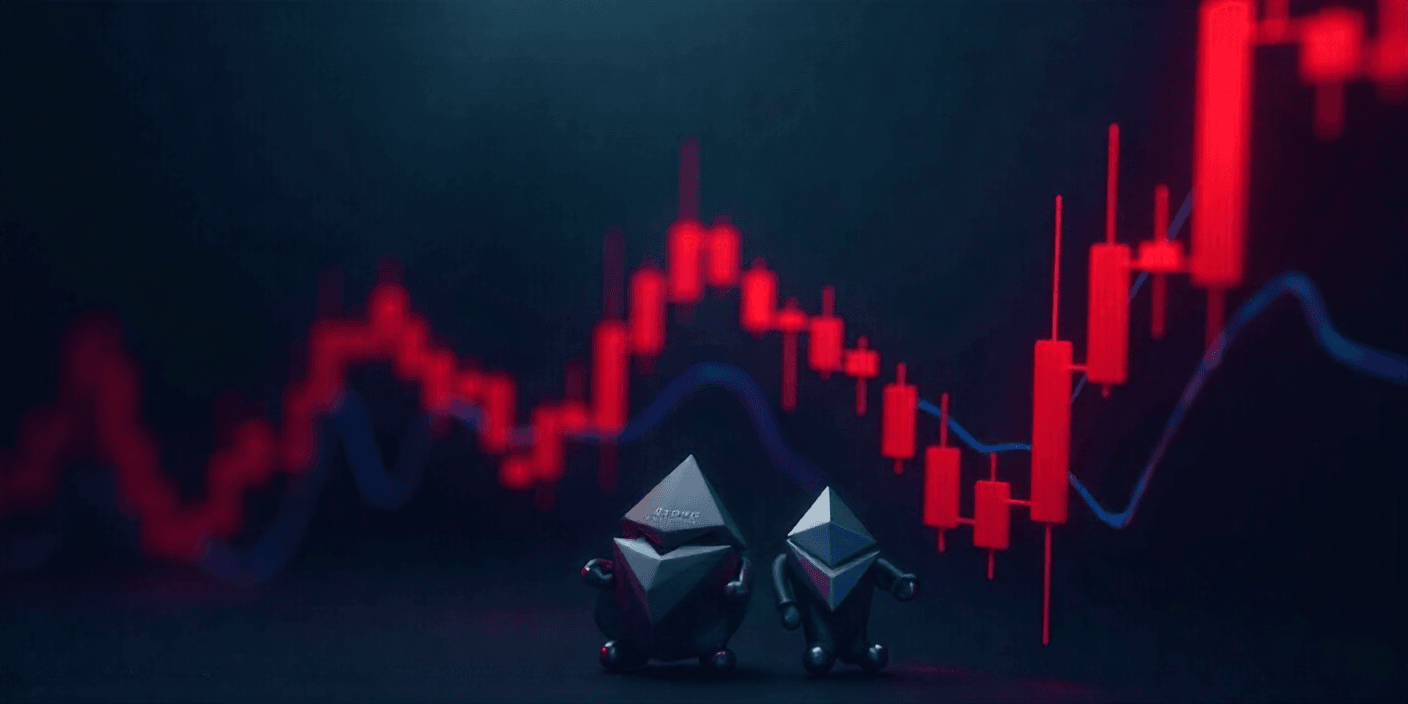
The cryptocurrency market has been experiencing another sharp downturn, leaving both veteran investors and newcomers questioning the reasons behind it. With total market capitalization now hovering near $2.98 trillion, down from $3.34 trillion just weeks ago, this drop has sparked concern and speculation.
Understanding the Current Crypto Market Decline
The global crypto market cap has decreased by 0.84% in the past 24 hours alone, extending a 5.4% drop over the last week. The market has fallen below its 30-day simple moving average (SMA), indicating a bearish trend. Notably, Heikin Ashi candles show weak momentum and consolidation—hinting that sellers largely remain in control, though signs of exhaustion are beginning to emerge.
Regulatory Pressure: A Key Driver
Regulatory issues remain at the forefront of the market’s challenges. South Africa’s central bank recently raised concerns over the risks of unregulated cryptocurrency activity, pointing out that nearly $1.5 billion in assets and 7.8 million users remain outside formal oversight. Similarly, in the U.S., the SEC has intensified scrutiny around figures like Kevin Hassett, who has ties to Coinbase. These developments contribute to heightened uncertainty, particularly for institutional investors seeking clear regulatory frameworks.
Increased caution among institutional investors has led to thinning liquidity and amplified selling pressure, especially for altcoins. As speculative trades unwind, market volatility surges, further complicating the outlook.
Leverage Reset and Derivative Market Adjustments
A correction in the derivatives market has played a significant role in this downturn. Open interest dropped by 2.9% to reach $781 billion, as traders pulled back on heavily leveraged positions. Perpetual funding rates have also plummeted, reflecting fading bullish optimism. Bitcoin liquidations experienced an 87% decline to $2.21 million, signaling a healthier market structure. While this reset removes cascading liquidation risks, it also highlights fading confidence among bulls, who are hesitant to rebuild long positions without fresh catalysts.
Technical Indicators Confirm Bearish Trends
From a technical perspective, the market’s bearish sentiment is clear. The total market cap has dipped below both the 30-day SMA and the critical 50% Fibonacci retracement level, confirming a mid-term downtrend. Support near $2.75 trillion (78.6% Fibonacci retracement) represents a critical zone—further drops below this level could open the door to additional sell-offs.
Bollinger Bands are widening, indicating heightened volatility, while the RSI (Relative Strength Index) has dropped to 25.9, signaling an oversold market. While oversold conditions could trigger a relief rally, there’s no significant reversal signal yet, such as a bullish engulfing candle.
What’s Next for Crypto Investors?
The next 48 hours will likely be critical for determining the market’s short-term trajectory. Key events to watch include:
- Fed liquidity data release: If liquidity injections remain steady, crypto may stabilize as a risk asset.
- Bitcoin price: A recovery above the psychological $85K milestone could boost overall market sentiment and drive altcoin performance.
Another positive indicator comes from on-chain data. Analytics platform Santiment notes that whales have been quietly accumulating amid the panic sell-offs by retail traders. Historically, such divergence can precede a recovery phase—although confirmation is still needed through stronger price action signals.
How to Navigate the Market During Volatility
As the market faces regulatory and technical challenges, investors may benefit from diversification and a cautious approach. Products like Ledger Nano X, a secure hardware wallet, can provide peace of mind for those holding crypto assets during periods of volatility.
Ultimately, patience is essential. If total market capitalization reclaims the $3.1–$3.2 trillion range and Bitcoin holds steady above $85K, a short-term relief rally could follow. Until then, the market remains choppy, and traders will likely err on the side of caution.



